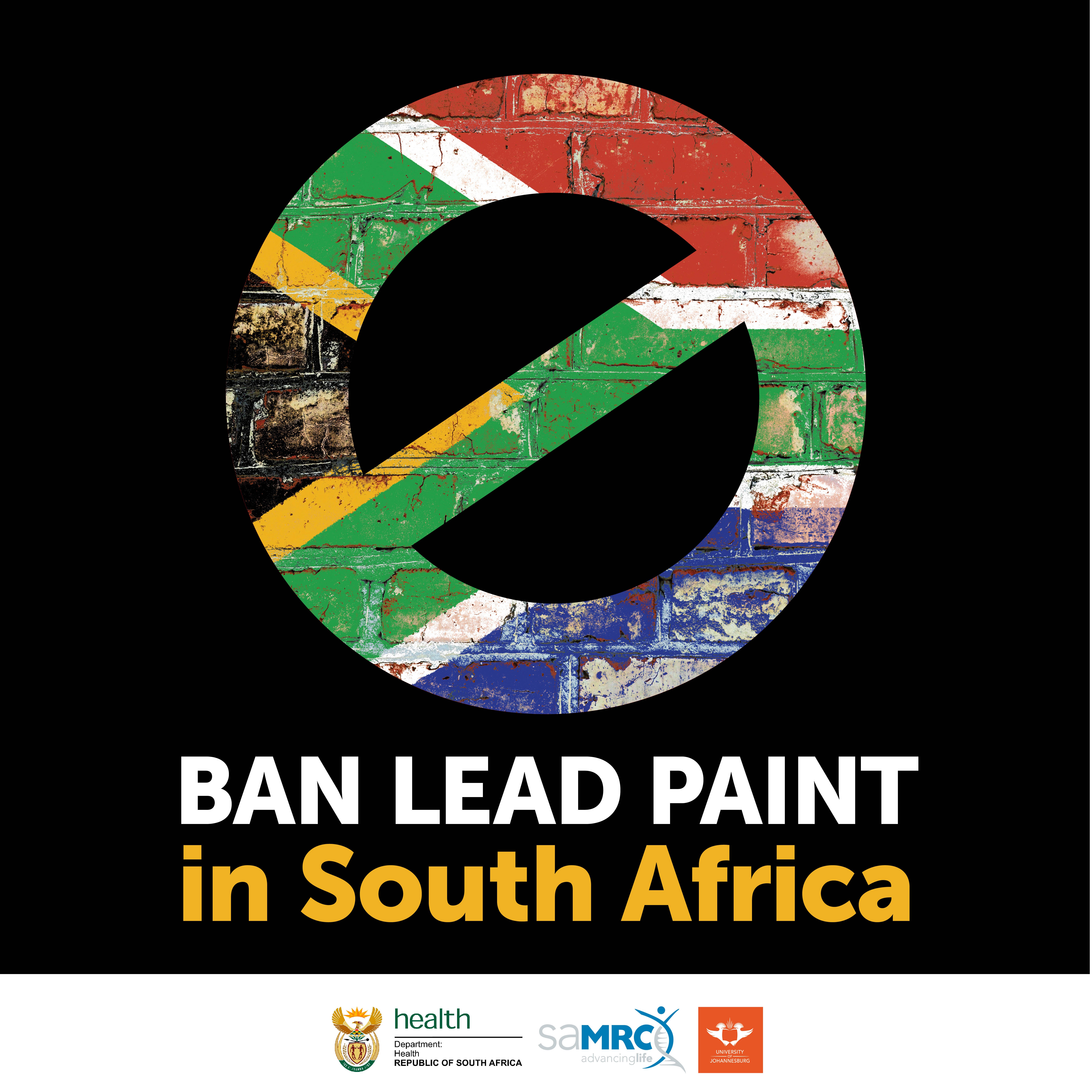SAMRC supports global ban on lead in paint
The South African Medical Research Council (SAMRC) has reiterated its support for the global ban on lead in paint in the build-up to this year’s International Lead Poisoning Prevention Week taking place from the 20th to 26th October 2019.
Lead is toxic to virtually all organs, including the central nervous system and brain, the reproductive system, the kidneys, the cardiovascular system, the blood and general immune system. The substance is especially dangerous to children’s developing brains, and can cause reduced intelligence (lowered IQ scores) and attention spans, impaired learning ability, and an increased risk in behavioral problems. These health impacts also have significant economic costs to countries. Health economists also estimate that lead exposure costs the South African economy around USD 17.7 billion (roughly R 260 billion) annually.
Researchers at the SAMRC say that it is significantly more cost-effective to ban new sources of lead paint than to remediate contaminated homes, schools and playgrounds and that the manufacture of paint without added lead does not involve a significant additional cost, and alternative ingredients are available.
| Read the full Press Release |
|
Johannesburg | The South African Medical Research Council (SAMRC) has reiterated its support for the global ban on lead in paint in the build-up to this year’s International Lead Poisoning Prevention Week taking place from the 20th to 26th October 2019. Lead is toxic to virtually all organs, including the central nervous system and brain, the reproductive system, the kidneys, the cardiovascular system, the blood and general immune system. The substance is especially dangerous to children’s developing brains, and can cause reduced intelligence (lowered IQ scores) and attention spans, impaired learning ability, and an increased risk in behavioral problems. These health impacts also have significant economic costs to countries. Health economists also estimate that lead exposure costs the South African economy around USD 17.7 billion (roughly R 260 billion) annually. Researchers at the SAMRC say that it is significantly more cost-effective to ban new sources of lead paint than to remediate contaminated homes, schools and playgrounds and that the manufacture of paint without added lead does not involve a significant additional cost, and alternative ingredients are available. In 2007 SAMRC investigators, led by the Council’s Environment & Health Research Unit Director Prof Angela Mathee, discovered a first grade leaner with an exceptionally high blood lead level - the source of which was identified to be lead in paint. As a result, a regulation was promulgated to control the amount of lead added to paint in South Africa, making our country the first on the African continent to do so. “Lead is harmful to health, no matter how low the level in the blood and every effort should be made to eliminate it from all paint manufactured and imported into South Africa,” says Prof Angela Mathee. “We now need to join the international movement to strengthen our lead paint regulations by lowering the maximum permissible level of lead in paint in South Africa to 90 ppm and ensuring that the legislation applies to all paint manufactured and sold in our country,” she adds. Mathee states that while SAMRC surveys show that South African children’s blood lead levels have been declining, and more South African paint manufacturers have already committed to stop adding lead to their paints, more needs to be done to eliminate all sources of childhood exposure to various sources of lead. “The SAMRC commends the National Department of Health on its current efforts to strengthen South Africa’s lead paint regulations, and encourages all stakeholders involved to take all possible measures to ensure full compliance,” says SAMRC President & CEO Prof Glenda Gray. NOTE TO THE EDITOR: For further sources of information:
Poster for the ban lead paint campaign For interview requests contact: Release date:
Thursday, October 17, 2019 - 11:26
|

